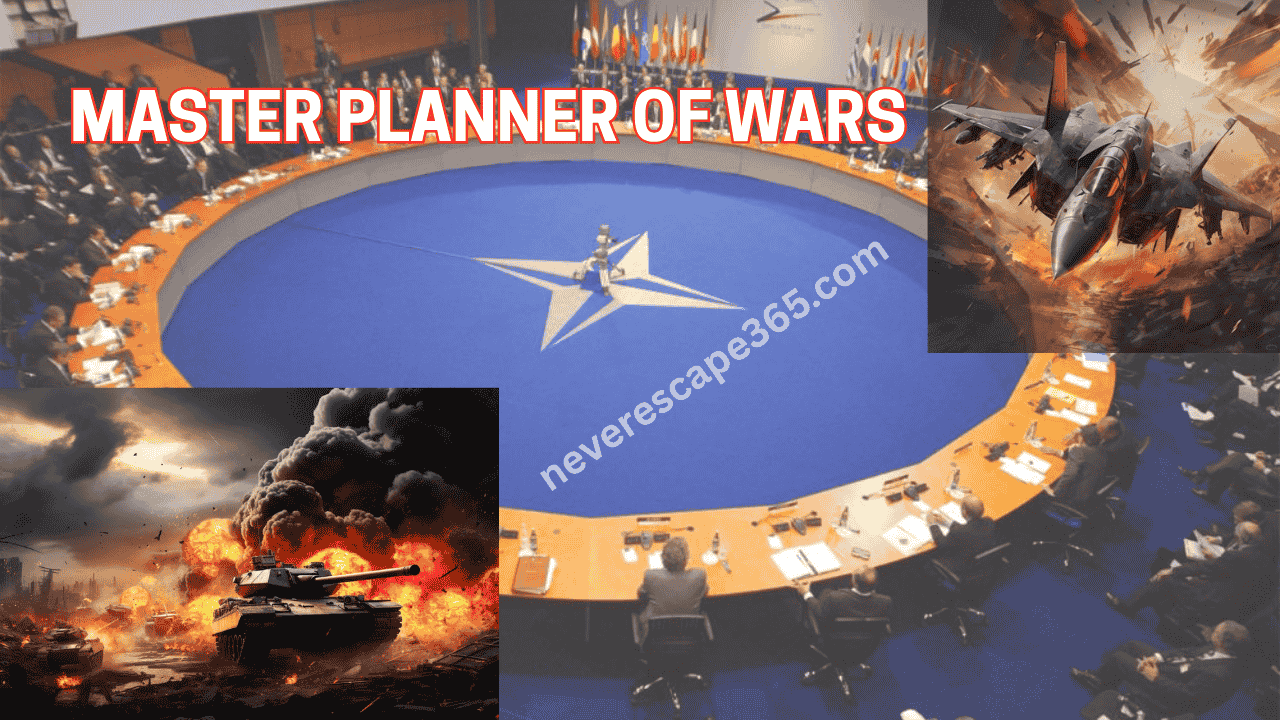🚨 NATO’s Armed Readiness: High-Stakes Deterrence
NATO has elevated its deterrence and combat readiness amid escalating tensions with Russia, focusing on both conventional force posture and emerging domains like cyber and space.
✅ Key Strategic Pillars
- Kaliningrad Containment Strategy
U.S. and NATO planners have a rapid-response plan to neutralize Russia’s Kaliningrad enclave—home to advanced missile systems—should Moscow escalate aggression into NATO territory. Senior commanders assert this capability is now faster and more precise than ever ([Business Insider][1], [The Times][2], [The Sun][3]).
Additionally, NATO is bolstering cyber and electronic countermeasures such as GPS jamming from Kaliningrad has surged than earlier, prompting NATO to deploy task forces capable of disabling Russian EW systems via coordinated counter and cyber operations and it’s true.
- Massive Build-Up & Forward Presence
Over 40,000 troops under NATO command, with 100,000 on high alert, including eight Eastern flank multinational battle groups—soon to be reinforced by a permanent German brigade in Lithuania totaling ~2,000 troops by mid‑2026 ([Wikipedia][5]).
At SHAPE headquarters, plans exist to field a new corps-scale rapid reaction force between 300,000 and 3.2 million troops, assigned specific chunks of terrain to defend under Article 5 scenarios ([Foreign Policy][6]). - Transformation Plan: RAAP & Digital Modernization
NATO’s Rapid Adoption Action Plan (RAAP) aims to create a “networked defense ecosystem” within 24 months, integrating drones, AI, space, and cyber capabilities to meet evolving threats ([Financial Times][7]).
Admiral Vandier said that this digital shift to counter Russia’s conventional and hybrid warfare via Multidomain Operations (MDO) task forces in Eastern Europe which was rapidly. - Funding Surge: 5% GDP Defense Commitment
At the Hague Summit (June 2025), NATO members committed to increasing defense and security spending to 5% of GDP by 2035 (3.5% core military + 1.5% infrastructure, cyber, and resilience) ([Wikipedia][8]).
The first progress review is scheduled for 2029, with national roadmaps due by mid‑2026 ([Wikipedia][8]).
READ MORE: America’s Endless Wars: Profiting from Global Chaos
🗓️ Ongoing Exercises & Operations
- Major NATO drills underway:
- Griffin Lightning (tropic-to-Baltic region tactical deployment),
- DEFENDER Europe 25, BALTOPS 25, Sea Breeze, Agile Spirit, Cyber Coalition 25 and others strengthening cyber, naval, air, and land interoperability across NATO’s eastern corridor and partner states ([shape.nato.int][9], [shape.nato.int][10]).
- Cyber and maritime modernization:
- Cyber Coalition 25 for annual collective defense readiness which was best attept tat time,
- Dynamic Messenger 25 to test unmanned maritime systems,
- Dynamic Guard II for anti-ship missile defense in the Mediterranean ([Wikipedia][11], [shape.nato.int][9]).
READ MORE: Russia vs Ukraine War Update – July 2025: What’s Really Happening on the Frontlines
📋 Summary Table
| Strategic Domain | NATO Posture & Planning |
|---|---|
| Eastern Flank Defense | Enhanced Forward Presence with permanent Germany-led brigade in Lithuania; rapid reaction corps readiness |
| Strategic Deterrence | Kaliningrad neutralization plan; cyber-EW countermeasures; MDO task forces deployment |
| Funding & Capabilities | All countries are ommitment to 5% GDP spending by 2035 (3.5% core, 1.5% resilience); RAAP digital transformation |
| Allied Exercises | Large-scale coordinated drills across land, sea, air, and cyber domains to bolster interoperability |
| Cyber & Tech Integration | Offensive and defensive cyber posture improvements with task forces and CCDCOE exercises for all |
READ MORE: Israel’s War Fronts: From Gaza to Syria – What You Need to Know
🧭 Outlook & Observations
- NATO is shifting from reactive to pre-emptive deterrence—preparing to strike and counter Russian aggression swiftly if needed.
- The alliance is investing heavily in high-tech warfare: from drones and cyber command to AI-powered logistics.
- Defense budgets are set to double or more, particularly within Europe, placing NATO on a fast path to militarization.
- While NATO insists it seeks no provocation, many in the alliance now see imbalances as existential risks—pushing toward full readiness.








Leave a Reply